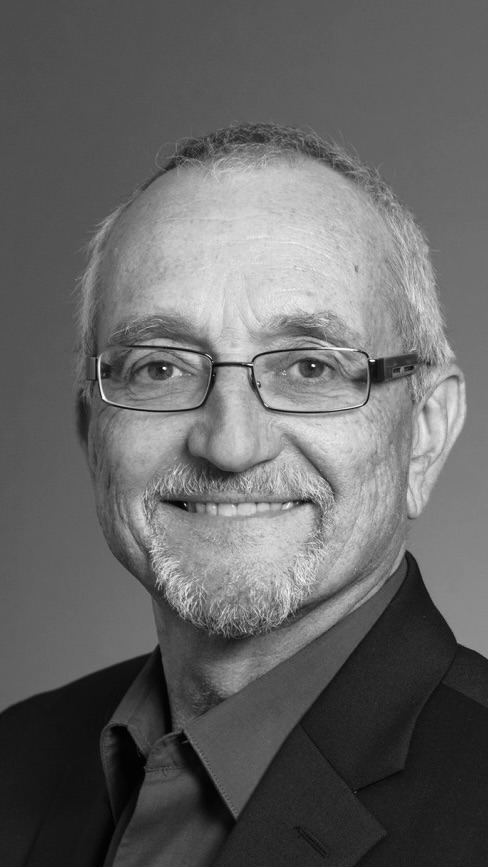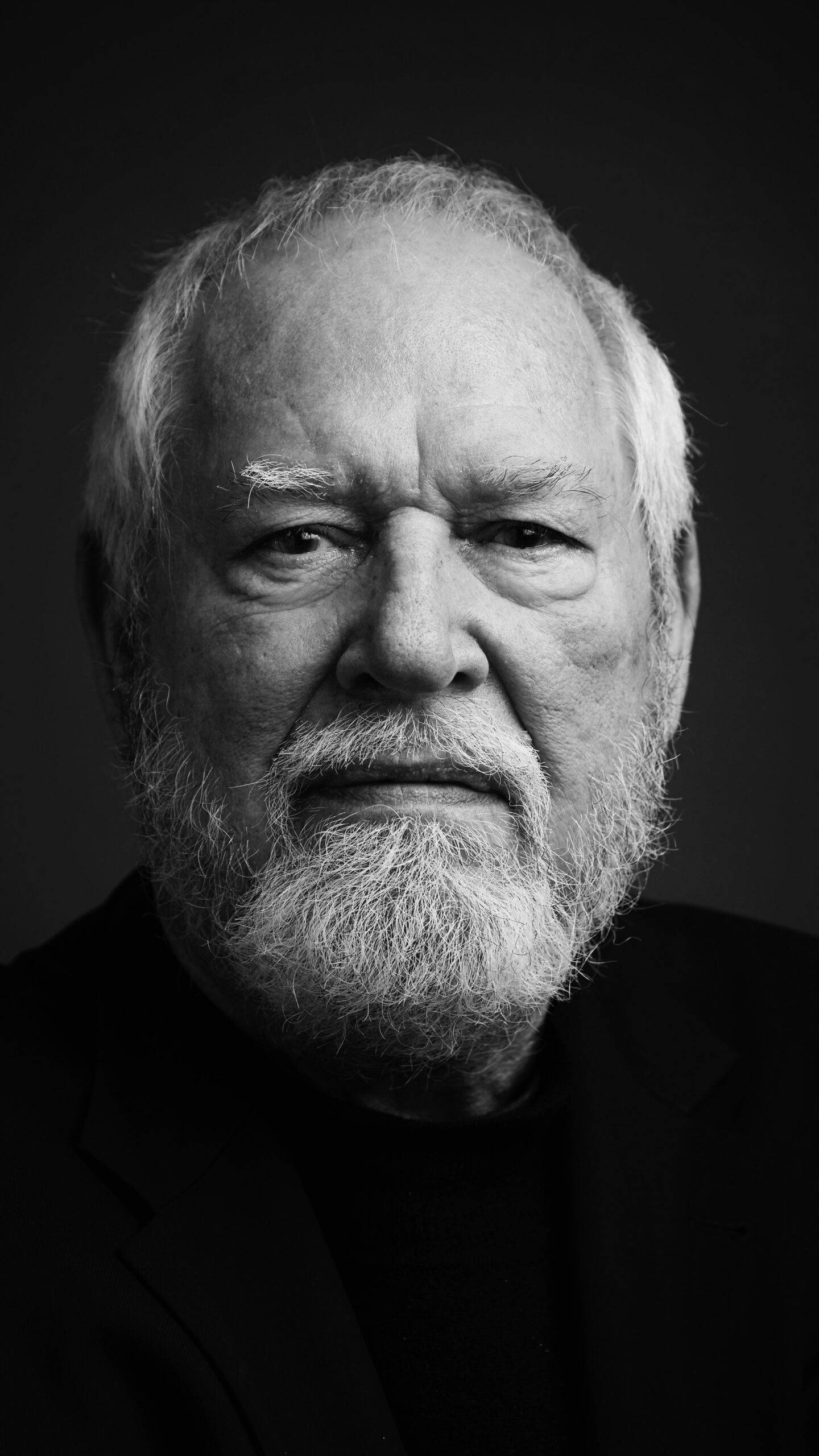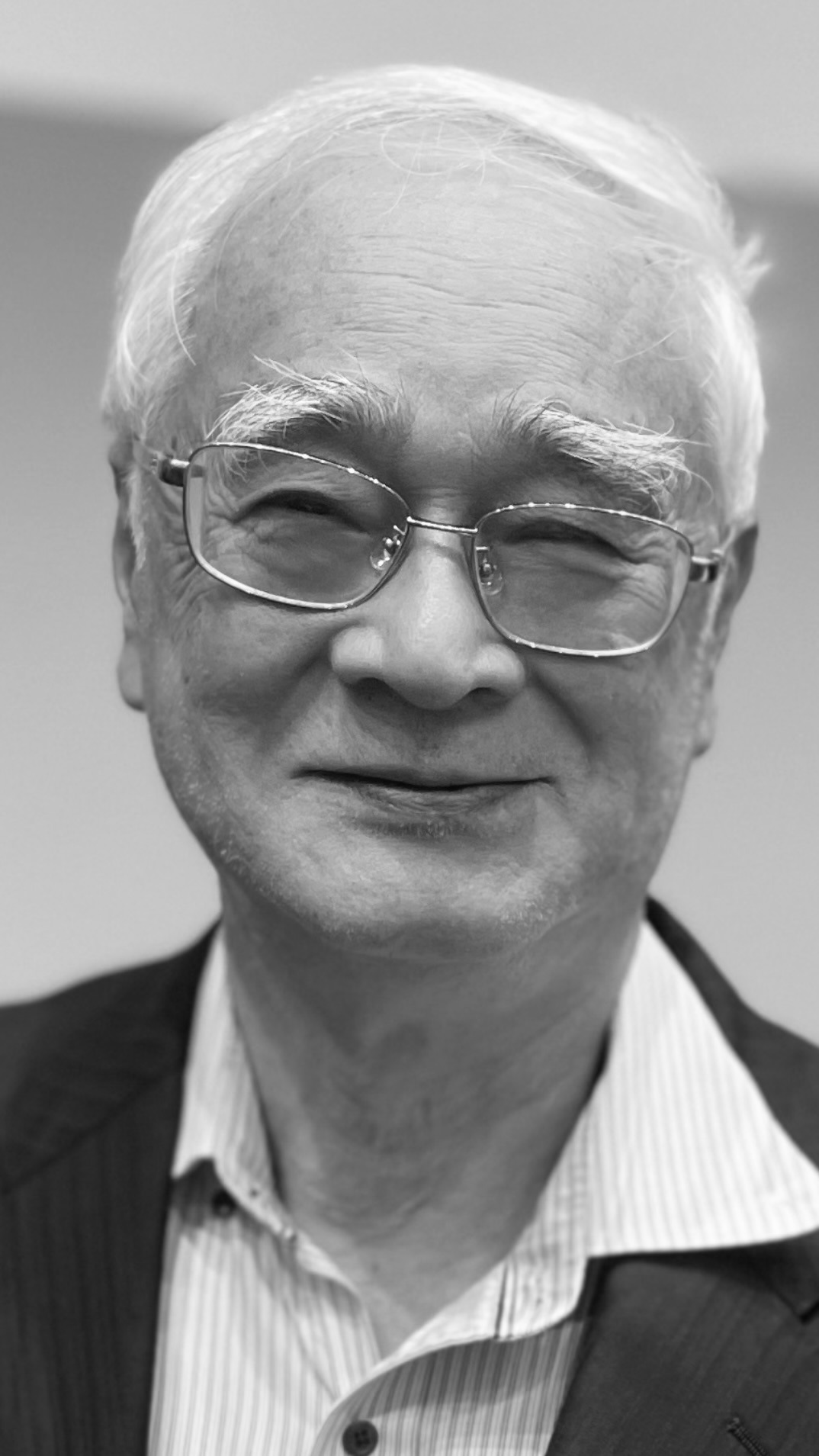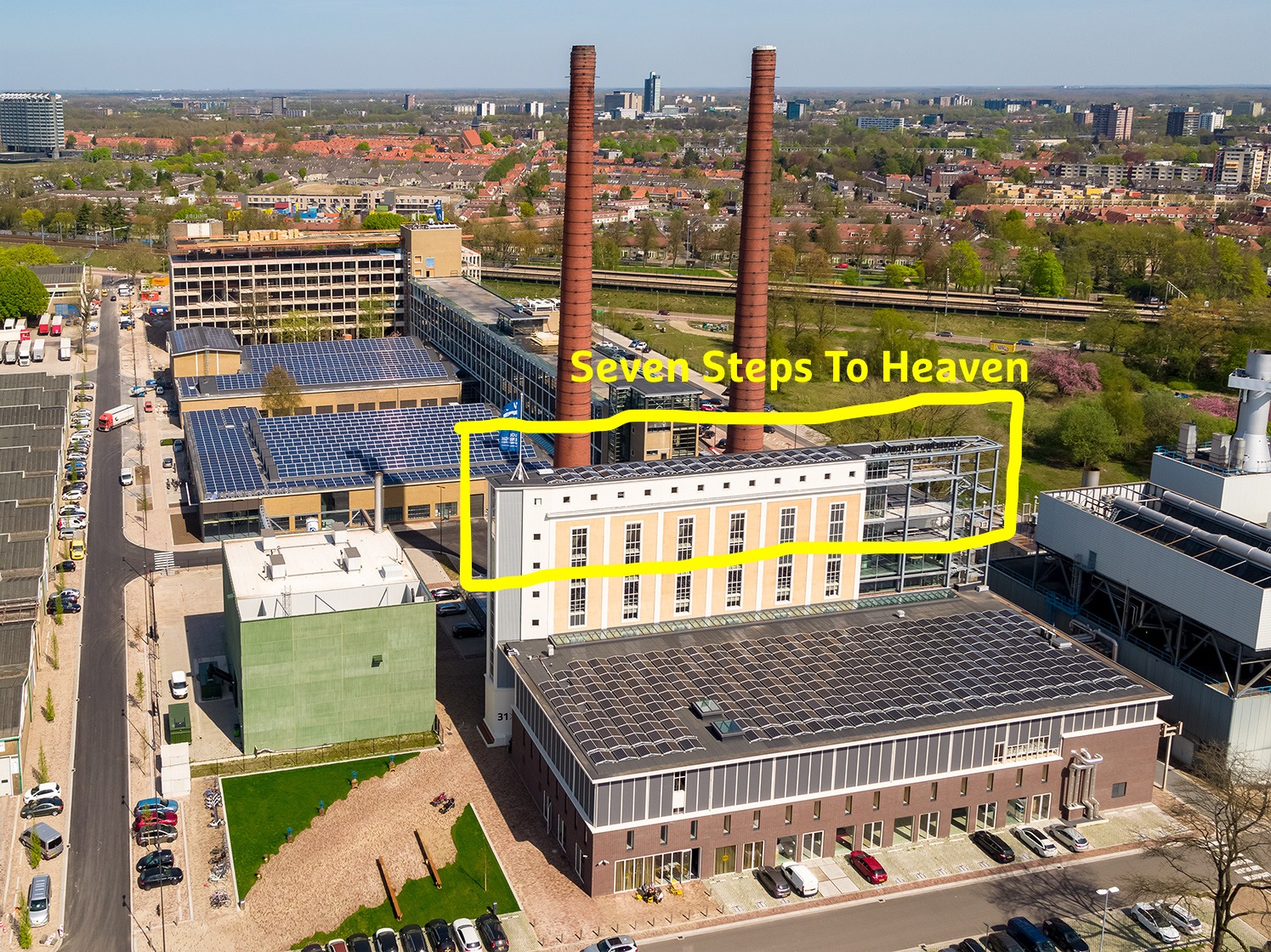Transforming Agriculture for a Sustainable Future
Architects of Change: Honoring the Pioneers of Vertical Farming
In this moment, we pay homage to the three trailblazers of the emerging realm of Vertical Farming: Prof. Dr. Gene Giacomelli from the University of Arizona, Prof. Dr. Dickson Despommier from Columbia State University, and Prof. Dr. Toyoki Kozai from Chiba University.
Each of these remarkable individuals deserves a monument for their courage, dedication, and outstanding contributions to this field.

Gene Giacomelli
Gene Giacomelli found inspiration in the prospect of increased human space travel, foreseeing extended stays on the moon and even Mars. Understanding the challenges of transporting food for longer durations, he envisioned the logical solution of cultivating crops in space.

Dickson Despommier
Dickson Despommier engaged in extensive discussions with over a hundred of his students, contemplating the potential scarcity of agricultural land with our ever-growing global population. He further developed the advantages of vertical farming within urban settings, foreseeing a critical role for the future.

Toyoki Kozai
Toyoki Kozai was a strong advocate for technology, given Japan’s leading role in various sectors. He witnessed the challenges faced by aging farmers on small-scale Japanese agricultural farms and the departure of the younger generation from the sector due to the physical demands. Kozai played a pivotal role in revitalizing agriculture, making it appealing and sustainable.
Harmonizing Vision and Innovation
Since 1989, we’ve been pioneers in developing mathematical models that simulate and predict crop growth, foreseeing a future where agricultural yields could far exceed what was achievable at that time. Even before these concepts became mainstream, we were delving into phenomena such as Light Use Efficiency, Harvest Index, and Dry Matter Partitioning.
Peeling back the Layers: Us and our Endeavors
1989
Pioneering Agricultural Innovation Since 1989
'90
Combining Data and Vision: The Plant Balance Model and the Genesis of Indoor Farming
2005
First prototype indoor farm with LED-lights
2010
PlantLab’s dynamic growth and Syngenta collaboration
2015
Breathing Fresh Air into Farming: The Laminar Airflow Revolution
2018
Birth Seven steps to heaven
2020
Blue Skies Ahead: Co-founding for a Sustainable Tomorrow
Read the full History
Our Business Model
Pioneering Sustainable Indoor Farming Partnerships
Our business model revolves around our possession of unique intellectual property (IP), knowledge, and experience crucial for the successful construction and operations of indoor farms. We specialize in crafting bespoke partnerships, tailoring agreements with exclusive rights to our IP for one or more crops (Field) within a defined geographical region (Territory). In these customized partnerships, we work collaboratively with our partners to define the conditions essential for the prosperous construction, operations, and ownership of indoor farms.
This partnership-based approach enables us to disseminate our expertise and propel the indoor farming industry forward. By sharing our IP and collaborating with partners, we aim to revolutionize the way crops are cultivated, making indoor farming commercially feasible and environmentally sustainable.
For the sake of clarity
While the financially viable size of a farm varies based on the crop and its commercial application, we firmly believe that a farm often becomes financially attractive with a cultivation area of at least 50,000 square meters.
Our expansive Odyssey: Bridging Stages, Books and Academia
As early pioneers, we possess an abundance of experience in crafting the narrative that defines the novel supply chain and indoor farming landscape. Our journey has been enriched by stage performances, literary contributions, and fruitful collaborations with esteemed universities.
Our Name | Seven Steps To Heaven
Unveiling Miles Davis’s Inspirational Symphony
Many wonder about the origins of our company name, ‘Seven Steps To Heaven.’ It’s a tribute to the genius of Miles Davis, the iconic jazz trumpeter and composer, and his masterpiece composition, ‘Seven Steps To Heaven.’ This musical marvel was crafted during the groundbreaking mid-1960s, a testament to Davis’s visionary spirit in the realm of jazz.
At its core, ‘Seven Steps To Heaven’ reflects Davis’s musical philosophy, embodying progress and evolution. The number ‘seven’ in the title symbolizes a journey of musical advancement, representing steps toward a higher artistic realm—an artistic ‘heaven.’ Miles Davis’s courage to challenge jazz conventions echoes in this composition, embracing fresh harmonies and emphasizing melody.
Embracing the Davis Spirit
In the spirit of Davis’s innovative approach to music, we’ve adopted the name ‘Seven Steps To Heaven’ for our company. It symbolizes our commitment to innovation and our journey towards a higher standard in indoor farming, mirroring the relentless pursuit of progress that Davis epitomized.
Moreover, this name is more than just a label. It sparks engaging conversations, inviting curiosity and setting the stage for captivating dialogues.
Our Home Base

Pioneering Sustainable Indoor Farming from Eindhoven, Netherlands
Our office and state-of-the-art Research and Development (R&D) facility of Seven Steps To Heaven are situated in Eindhoven, Netherlands. Perched 28 meters above the ground, we are based at the top floor of a former Philips factory building, a vantage point that underscores our commitment to innovation. This farm represents version 10.0, symbolizing our continuous journey and progress since we constructed our initial indoor farm prototype in 2005.
